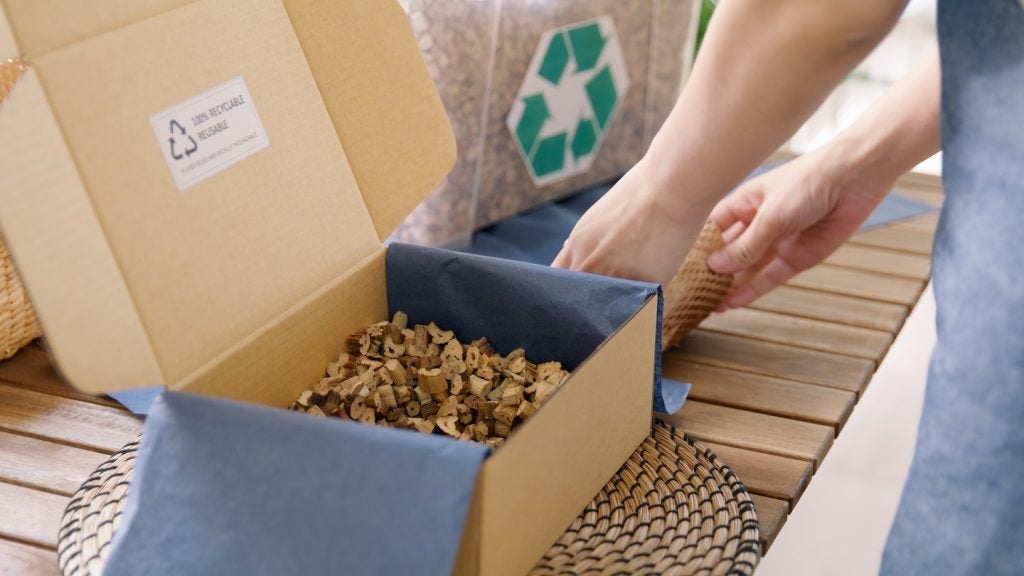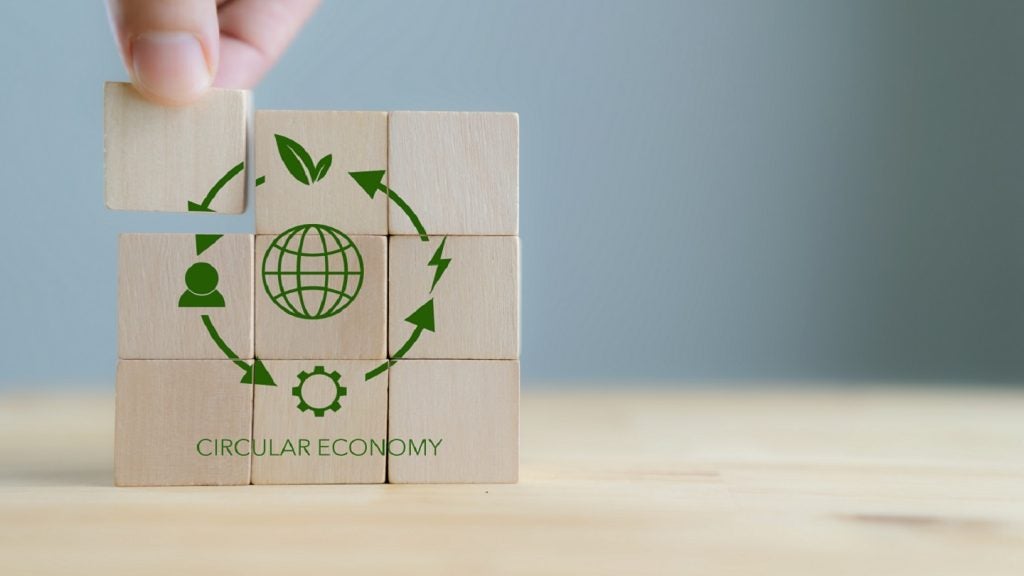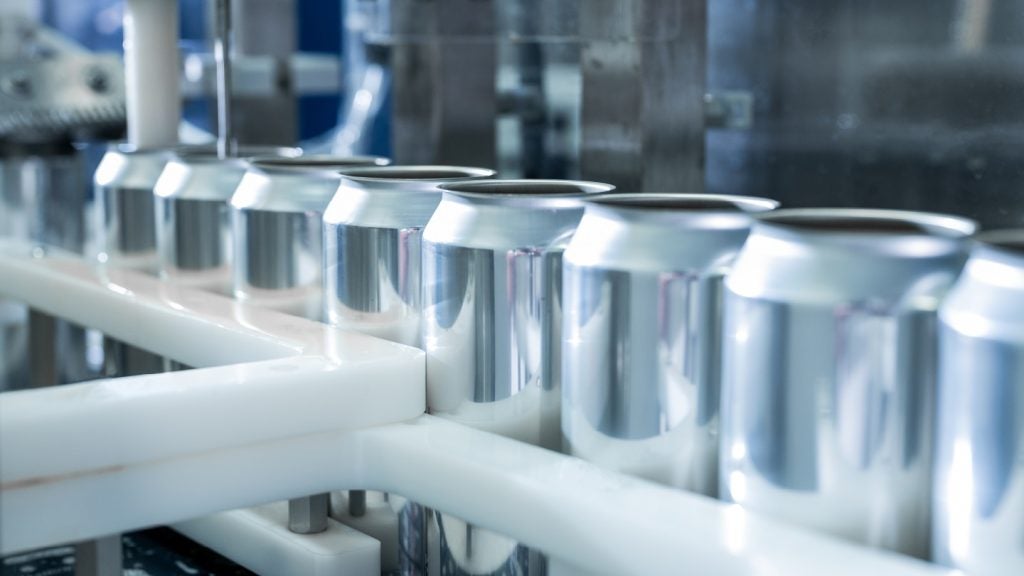The packaging industry has made significant strides in reducing its carbon footprint through lightweighting.
This strategy involves minimising the weight and volume of packaging materials, resulting in lower transportation emissions and reduced use of raw materials.
Companies across various sectors are adopting innovative lightweighting techniques to enhance sustainability and meet the growing demand for environmentally friendly products.
Lightweighting: a key strategy for sustainability
Lightweighting is an effective method for reducing the environmental impact of packaging.
By decreasing the weight of packaging, companies can significantly cut down on carbon emissions associated with transportation and raw material production. Henkel, for instance, has reduced the thickness of its Taft hairspray cans, saving over 15% in materials and water used during production.
This change alone saves approximately 3,500 metric tonnes of CO2 and 900,000 cubic metres of water annually.
Moreover, lightweighting isn't limited to metal cans. The technique is also being applied to plastic and glass containers. For example, Dassault Systèmes and its partners are conducting virtual trials to develop a lightweight glass bottle for Diageo's iconic Johnnie Walker brand.
This innovation aims to reduce the glass's weight without compromising its strength, thus lowering the energy required for production and transportation.
Trade-offs and challenges
While lightweighting offers significant benefits, it also presents certain challenges and trade-offs. One key issue is balancing the reduction in carbon footprint with the need for recyclability.
For instance, although PET plastic bottles have a lower carbon footprint compared to glass and aluminium due to their lighter weight and lower production emissions, they pose a higher risk of environmental pollution if not properly recycled.
McKinsey's analysis highlights that the sustainability performance of packaging materials should be assessed comprehensively, considering both direct and indirect carbon impacts.
This includes evaluating the entire value chain, from raw material extraction to end-of-life disposal. Companies must navigate these complexities to achieve a balance between reducing carbon emissions and ensuring recyclability.
Consumer demand and legislative push
The push towards sustainable packaging is driven by both consumer demand and legislative requirements. Consumers are increasingly aware of the environmental impact of packaging and are demanding products with minimal and eco-friendly packaging.
This shift in consumer behaviour has prompted companies to innovate and invest in sustainable packaging solutions.
Legislation is also playing a critical role in advancing sustainable packaging practices. For instance, in the UK, companies are incentivised to use recycled content in their packaging to avoid hefty plastic taxes.
Such regulations are encouraging firms to adopt circular economy principles, focusing on reducing, reusing, and recycling materials.
Innovations and future directions
Innovations in lightweighting are paving the way for more sustainable packaging solutions. Advances in materials science and digital technologies are enabling companies to experiment with new materials and designs.
Virtual twin technology, for example, allows for the digital simulation of packaging materials, enabling faster and more efficient testing and development processes.
This technology is being leveraged to create lighter, stronger, and more sustainable glass bottles, as seen in the collaboration between Dassault Systèmes, Ardagh Group, and EXXERGY.
Looking ahead, the packaging industry is likely to see continued innovation in lightweighting and sustainable materials. Companies will need to remain agile, adapting to evolving consumer preferences and regulatory landscapes.
The goal is to create packaging that not only meets functional requirements but also contributes to a lower carbon footprint and a more sustainable future.
Ultimately, lightweighting represents a significant step forward in reducing the carbon footprint of packaging. Through innovative design and material use, companies are making strides towards more sustainable packaging solutions.
As consumer demand and legislative pressures continue to grow, the industry must remain committed to advancing these efforts, ensuring that sustainability remains at the forefront of packaging innovation.















